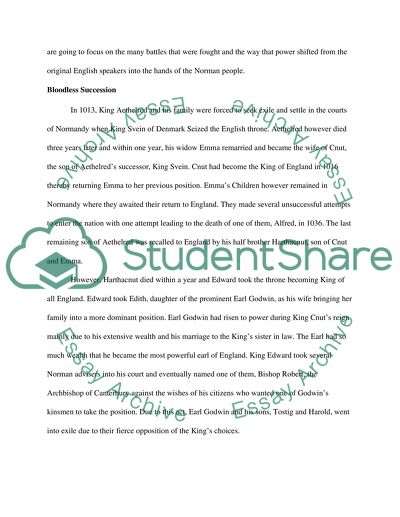Cite this document
(“Norman Conquest of England Research Paper Example | Topics and Well Written Essays - 2750 words”, n.d.)
Retrieved de https://studentshare.org/history/1392108-norman-conquest-of-england
Retrieved de https://studentshare.org/history/1392108-norman-conquest-of-england
(Norman Conquest of England Research Paper Example | Topics and Well Written Essays - 2750 Words)
https://studentshare.org/history/1392108-norman-conquest-of-england.
https://studentshare.org/history/1392108-norman-conquest-of-england.
“Norman Conquest of England Research Paper Example | Topics and Well Written Essays - 2750 Words”, n.d. https://studentshare.org/history/1392108-norman-conquest-of-england.


